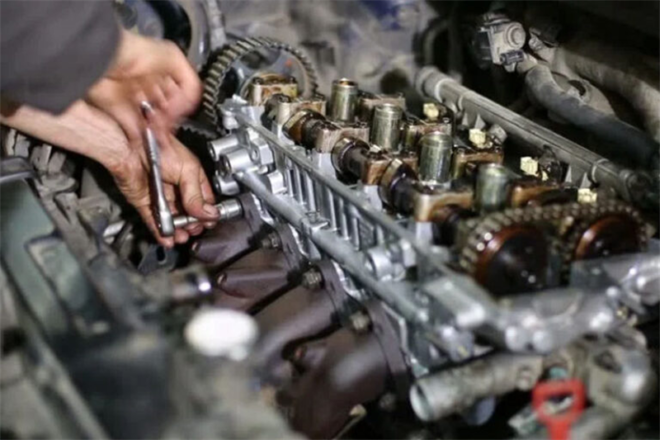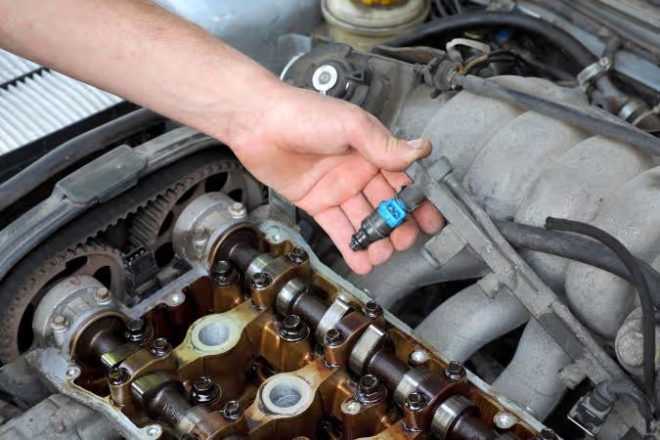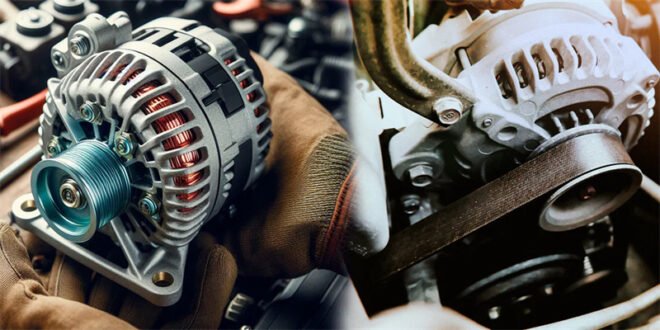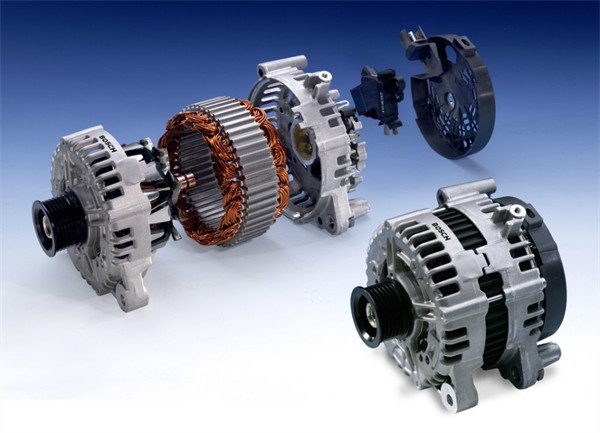Introduction
Imagine getting into your car, turning the key (or pushing the start button), and… nothing happens. No engine roar, no movement—just silence. Frustrating, right? One of the most common causes of this problem is a faulty starter for car.
The starter for car is a small yet powerful motor responsible for cranking the engine and getting it running. Without it, your vehicle is just a heavy metal shell. But how does a starter for car work? What causes it to fail? And how can you fix or replace it?
In this ultimate guide, we’ll explore everything you need to know about a starter for car, from its function and key components to common issues and solutions.
What Is a Starter for Car and How Does It Work?
A starter for car is an electric motor that engages with the engine’s flywheel to start the combustion process. It draws power from the car battery and uses a small gear (the pinion gear) to turn the engine’s crankshaft. Once the engine starts running on its own, the starter for car disengages automatically.
Key Components of a Car Starter
A typical starter for car consists of:
- Starter Motor – Converts electrical energy from the battery into mechanical energy.
- Solenoid – Acts as a switch to engage the starter gear with the engine flywheel.
- Pinion Gear – A small gear that connects to the flywheel to turn the engine.
- Flywheel – A large gear attached to the crankshaft, which the pinion gear turns.
- Armature and Brushes – Internal components that generate rotational force in the motor.
How the Starter Works in Your Car
- When you turn the key (or press the start button), the battery sends power to the starter solenoid.
- The solenoid activates the starter for car, pushing the pinion gear forward to engage with the flywheel.
- The starter motor turns, cranking the engine and allowing combustion to begin.
- Once the engine is running, the starter disengages automatically to prevent damage.
Signs of a Failing Starter for Car
A faulty starter for car can leave you stranded at the worst possible time. Here are the most common warning signs that your starter may be going bad:
1. Clicking Noise When Turning the Key
If you hear a rapid clicking sound when trying to start your car, the starter solenoid may be engaging but not sending power to the motor.
2. The Engine Won’t Turn Over
A completely dead starter for car means your engine won’t crank at all, even if your battery is fully charged.
3. Grinding Noise
A loud grinding noise when starting your car indicates that the pinion gear may be misaligned or worn out.
4. Starter Stays Engaged After Engine Starts
If you hear the starter still running after the engine starts, the solenoid may be sticking, which can damage the flywheel.
5. Smoke or Burning Smell
A burning smell or smoke from under the hood can indicate an overheated starter for car, often caused by electrical issues.
6. Sporadic Starting Issues
If your car starts sometimes but not always, the starter may have loose wiring or internal wear.
Common Causes of Starter Problems
A starter for car can fail due to several reasons, including:
1. Weak or Dead Battery
A weak battery cannot provide enough power for the starter to crank the engine.
2. Bad Starter Solenoid
The solenoid controls the electrical current to the starter motor. A bad solenoid prevents the motor from turning.
3. Worn-Out Brushes or Armature
The internal electrical components of the starter wear out over time, reducing efficiency.
4. Faulty Ignition Switch
A broken ignition switch can prevent the starter from receiving power.
5. Corroded or Loose Wiring
Electrical connections must be clean and tight for the starter to work properly.
6. Flywheel or Pinion Gear Damage
Worn-out gears can prevent the starter from engaging properly, leading to grinding noises.

How to Fix or Replace a Starter for Car
If your starter for car is failing, you may need to repair or replace it. Here’s how:
Step 1: Check the Battery First
Before replacing the starter, ensure the battery is fully charged and working. A dead battery is often mistaken for a faulty starter.
Step 2: Inspect Electrical Connections
Look for loose or corroded cables at the battery, starter, and solenoid. Clean and tighten them if necessary.
Step 3: Test the Starter Solenoid
Use a multimeter to check if the solenoid is receiving power. If not, it may need to be replaced.
Step 4: Tap the Starter Motor
Sometimes, tapping the starter lightly with a hammer can temporarily free a stuck gear. This is a short-term fix, but it indicates a replacement is needed soon.
Step 5: Replace the Starter Motor
If the starter for car is beyond repair, follow these steps to replace it:
- Disconnect the battery – Safety first! Always disconnect the negative terminal.
- Locate the starter – Usually found near the engine’s transmission side.
- Remove electrical connections – Disconnect the wires attached to the starter.
- Unbolt the starter – Remove the mounting bolts holding the starter in place.
- Install the new starter – Position the new starter, bolt it down, and reconnect the wires.
- Reconnect the battery – Test the new starter by turning the ignition.
How to Choose the Right Starter for Your Car
When buying a starter for car, consider the following factors:
- Compatibility – Ensure the starter matches your car’s make, model, and engine size.
- OEM vs. Aftermarket – OEM (Original Equipment Manufacturer) starters are high quality but more expensive. Aftermarket options can be cheaper but vary in reliability.
- Warranty – Look for a warranty of at least 1–2 years to ensure durability.
- Customer Reviews – Check online reviews to find the most reliable brands.
Conclusion
The starter for car is a crucial component that allows your vehicle to start smoothly. Recognizing early signs of failure—such as clicking noises, grinding sounds, or intermittent starting—can help prevent unexpected breakdowns.
Regular maintenance, such as checking battery connections and keeping electrical components clean, can extend the lifespan of your starter for car. And if replacement becomes necessary, choosing a high-quality starter will ensure long-term reliability.
So, next time your car refuses to start, don’t panic—just remember to check the starter for car first!




